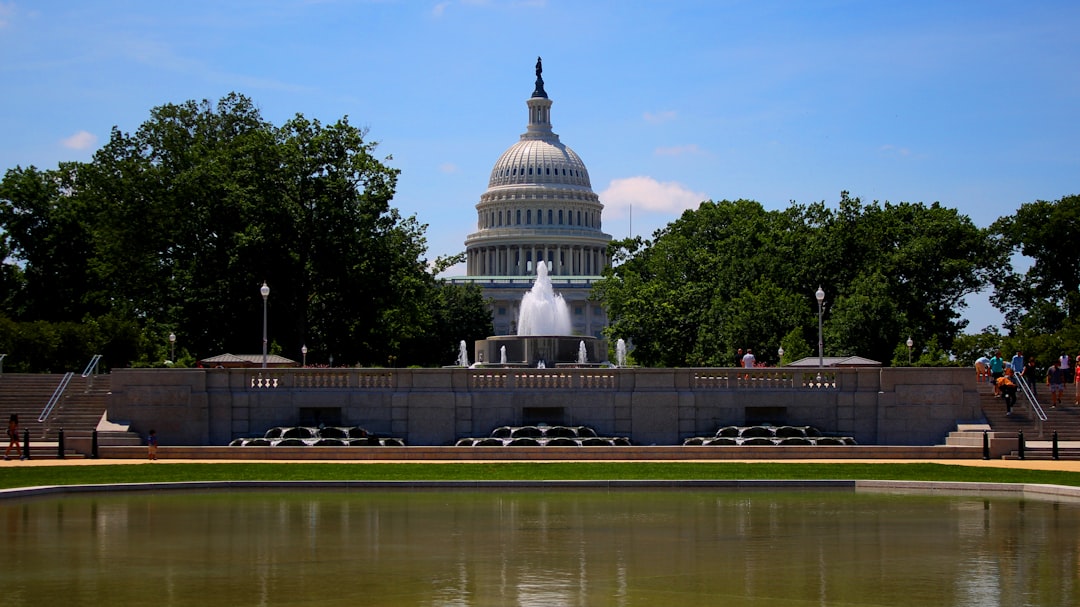Impact Of Deferred Resignations Federal — here’s what’s new, why it matters, and what to watch next.
Impact of Deferred Resignations: Federal Job Losses Surge Beyond 200,000
At a Glance
The recent announcement of approximately 100,000 federal employees opting for a voluntary “deferred resignation” has raised concerns over the impact on the job market. This comes on top of existing job losses that have already surpassed 100,000 since January, bringing the total federal job losses to over 200,000. In contrast, the non-farm payrolls outside the federal and state sectors have generally shown resilience, with some sectors even hiring. Interestingly, while many federal agencies are seeing cuts, the U.S. Immigration and Customs Enforcement (ICE) is ramping up its hiring.
Background & Timeline
In early January 2023, the federal government initiated a program that allowed civilian employees to take a voluntary deferred resignation. This program was aimed at reducing the federal workforce amid ongoing budget constraints and changing priorities in government operations. The program was met with mixed reactions, as many employees weighed the benefits of job security against the uncertain future of federal employment.
By mid-2023, reports began surfacing that about 154,000 federal employees had signed up for the deal, with roughly 100,000 expected to move forward with their resignations. The decision to accept these resignations appears to be influenced by various factors, including job satisfaction, retirement plans, and the desire for more lucrative opportunities in the private sector.
As the year progressed, the repercussions of these resignations became increasingly apparent, with federal job statistics starting to reflect the decline. The U.S. Bureau of Labor Statistics (BLS) reported that federal job losses had reached a concerning milestone, with the total now exceeding 200,000. These figures mark a significant downturn for the federal workforce, which had previously remained stable.
What’s New
The most recent data indicates that while federal jobs are dwindling, certain sectors within the economy are surprisingly resilient. Excluding the federal and state job categories, non-farm payrolls have shown strength, suggesting that many areas of the labor market are still thriving despite the federal cuts. This discrepancy highlights an interesting juxtaposition within the broader job market.
One notable exception to the trend of federal job losses is the U.S. Immigration and Customs Enforcement (ICE). The agency has recently announced plans to expand its workforce, providing a counter-narrative to the overall trend of federal job reductions. This hiring initiative at ICE raises questions about the government’s focus on certain areas of employment, particularly in immigration enforcement and security.
Why it Matters
The increase in federal job losses due to deferred resignations has significant implications for the overall economy. A reduction of over 200,000 federal jobs can lead to decreased consumer spending, as federal employees typically contribute substantially to local economies. This decrease in spending could further exacerbate economic downturns in areas heavily reliant on federal employment.
Moreover, the contrasting hiring trends at agencies like ICE may suggest a shift in government priorities. As certain sectors expand while others contract, the government’s approach to employment and resource allocation may be called into question. This presents a complex picture of the labor market, where some areas are thriving while others face challenges.
The broader implications of these job losses also raise concerns about the federal workforce’s morale and future job security. As employees see their colleagues leave, it may lead to further resignations and a potential talent drain in critical areas of federal service.
What to Watch Next
As the situation develops, several factors will be important to monitor:
1. Future Job Reports: The upcoming job reports from the BLS will be critical to understanding how these federal job losses are impacting the overall economy. Analysts will be looking for trends in non-farm payrolls to see if the resilience continues.
2. Impact on Local Economies: Regions with a high concentration of federal jobs may start to feel the pinch as the effects of job losses ripple through their economies.
3. ICE Hiring Trends: Observing how ICE’s hiring initiatives unfold will be crucial for understanding the government’s strategic focus and potential shifts in immigration policy.
4. Employee Morale: Tracking employee sentiment within the federal workforce may provide insight into how these resignations are affecting productivity and retention.
FAQ
Q1: What are deferred resignations?
A1: Deferred resignations are voluntary resignations offered by the federal government that allow employees to leave their positions without immediate consequences, often as part of workforce reduction initiatives.
Q2: How many federal jobs have been lost since January?
A2: Since January 2023, federal job losses have surpassed 200,000 due to deferred resignations and other workforce reductions.
Q3: Why is ICE hiring during a period of federal job losses?
A3: ICE is expanding its workforce in response to specific needs in immigration enforcement and security, indicating a targeted approach to federal employment.
Q4: What is the impact of federal job losses on the economy?
A4: Federal job losses can lead to decreased consumer spending, impacting local economies, especially in areas reliant on federal employment.
Q5: What are analysts watching for in future job reports?
A5: Analysts are monitoring non-farm payroll trends to assess the overall health of the job market outside of federal employment.
Q6: How might employee morale be affected by the current situation?
A6: The loss of colleagues through deferred resignations may lead to uncertainty and decreased morale among remaining federal employees, affecting their job satisfaction and productivity.
Takeaways
The surge in federal job losses due to deferred resignations is a critical issue impacting both the federal workforce and the broader economy. As the situation unfolds, the resilience of non-farm payrolls and the contrasting hiring trends at agencies like ICE will be key areas to watch. Understanding the implications of these changes will be vital for policymakers, businesses, and employees alike as they navigate the evolving labor landscape.
—
Sources & Credits: Reporting synthesized from multiple reputable outlets and official releases.
Read our related coverage for more on Impact Of Deferred Resignations Federal.
For context and confirmations, see reputable wires like Reuters or AP News.
Source: Original Source. Reporting synthesized from multiple reputable outlets and official releases.
For deeper analysis on Impact Of Deferred Resignations Federal, explore more reports and explainers on Insurance Rate Expert.













